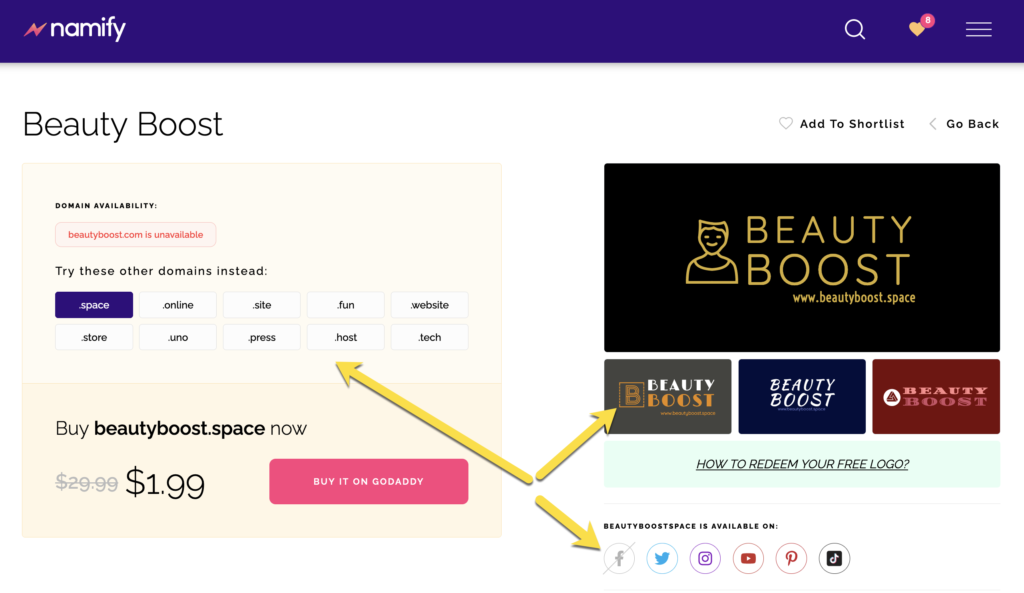The famous Greek philosopher Plato said that necessity is the mother of invention. That means when there is a need for something, people have to find ways of getting it or achieving it.
Businesses have facilitated the invention of new ideas for hundreds (even thousands) of years, and technology has kept necessity going, allowing businesses to be more and more innovative as certain tasks became easier to do and newer challenge arise.
However, how is a business to compete and survive in the digital age?
1) Level Playing Field
The digital age has allowed for more competition in the marketplace because the barriers to entry are significantly reduced. This threatens businesses with longevity in their certain industries because the cost of a business to scale up today is lower than it was before. In fact, rapid advances in technology can determine whether certain businesses stay alive or go bankrupt.
Industry trends that are seen as radical eventually become an industry standard, and startups have the advantage because it is cheaper to scale, whereas older businesses must alter their business model (and in some cases, start from scratch) to adapt. For example, Blockbuster Video was caught unprepared when movie rentals went straight to the Internet. Advances in Internet technology allowed movies to stream directly into the home via an Internet connection, making a trip to the movie store completely unnecessary.
2) Unexpected Guests
Another way that the digital age has leveled the playing field is the introduction of new competitors from unexpected industries. This has already started to happen in some markets. Rakuten, a Japanese web retailer, also offers financial services. Google is immersing itself into as many industries as possible. Google has become active in the smartphone industry with its Nexus line of phones and intends to become active in the automotive industry with their self-driving car.
Competition can pop up out of nowhere, so businesses have the double task of keeping an eye on competitors within their industry and potential ones outside of it as well. The demand for smart competitive monitoring is higher than ever. Businesses should keep an eye out on current trends, who could possibly be a competitor regardless of the industry the business is in, and adjust accordingly.
3) Machine Learning and Artificial Intelligence
The average worker has become a casualty of the digital age – there are instances where businesses have chosen computers to do the work over a human being. An example of machines replacing manpower is at fast food restaurants and supermarkets, where some restaurants have adopted registers where you can order your food or check your groceries out without having to interact with a cashier.
Nextiva offers business communication solutions that utilize AI technology to automate customer service.

This is also present in highly technical fields, as there are computers that can diagnose medical patients with cancer much faster and more accurately than physicians can. There are also smart identity theft protection services that utilize machine learning to catch possible risks.
Another example is Namify using machine learning to determine your whole brand identity (from your brand name to logo).

However, there are some things that just can’t be automated no matter what, which leaves senior executives searching for people who are well-versed in planning and executing digital strategies. Since automating certain processes cuts business costs and raises revenue and possibly profit, this is more desirable to senior executives.
However, this could have social repercussions as well, as there will be more layoffs to digitization. The consequences of a radical shift to automated processes could leave many people out of work, forcing them to acquire new skills to re-enter the workforce.
4) The Path Of Most Resistance
Businesses often are reluctant to adapt to technological advances for several reasons. Microsoft has discontinued supporting Windows XP, a 12-year-old operating system (OS), yet almost a fifth of businesses still elect to use it. Even the United States Navy plans to keep using Windows XP. Why are these businesses and government institutions still believing in an outdated OS?
They fear that a change in corporate culture could disrupt the synergy of the business and they also believe that they way they do things is the only way to do things. It could possibly cost more to uproot the current system to put in a new one.
They also believe change is for the worse – much like XP’s successor, Windows Vista. Microsoft eventually scrapped Vista and still kept supporting XP, giving businesses a sigh of relief as Vista had many technical issues that prevented companies from going on with their work. They believed in the adage “If it’s not broke, don’t fix it.”
Is It All For The Best?
Businesses can compete, survive and thrive in the digital age. It all comes down to whether or not you’re going to take the risks that come with it and scale your business as new needs arise.
For newer businesses, it will be easier to adapt, but for older ones, they will have to put more thought into their decisions regarding digital solutions as something older might still work. A complete digital revolution may not be for all businesses, but the digital revolution will play some part in it.

